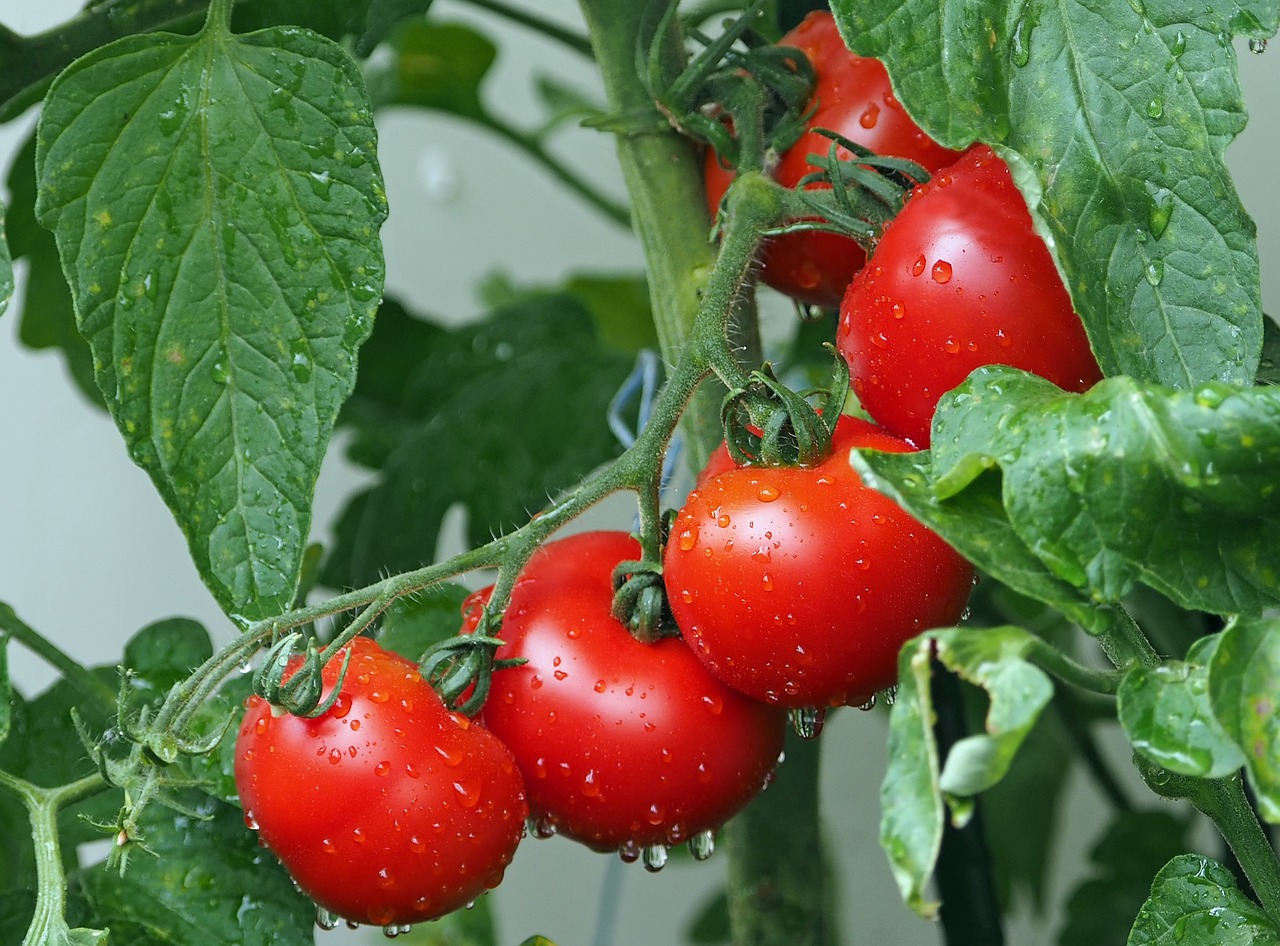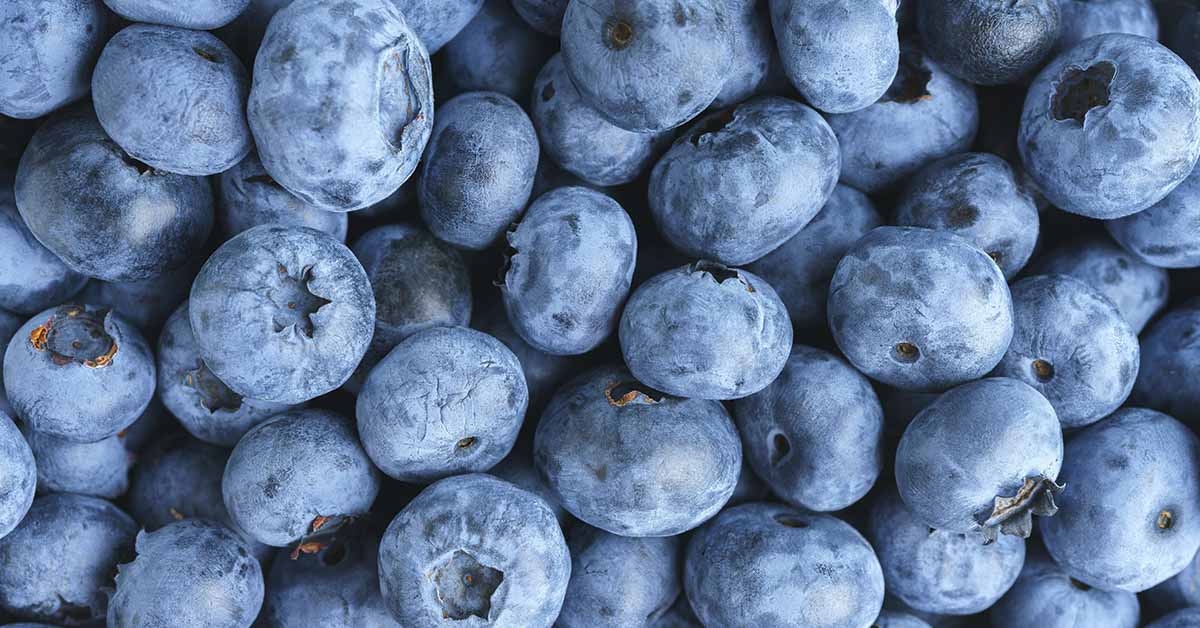High blood pressure, or hypertension, is a common health condition. It raises the risk of heart disease, stroke, and kidney failure. Genetics and lifestyle habits both play a role. However, diet is one of the most important factors. It can help manage or even lower high blood pressure. Numerous studies support that certain foods can naturally help control blood pressure when included as part of a balanced diet. The DASH diet, which stands for Dietary Approaches to Stop Hypertension, has been extensively researched and is often recommended for its emphasis on whole foods, lean proteins, fruits, vegetables, and low-fat dairy.
These foods mentioned in this article contain key nutrients such as potassium, magnesium, fiber, antioxidants, and healthy fats that work together to support cardiovascular health and promote lower blood pressure levels.
Citrus Fruits

Citrus fruits like oranges, grapefruits, lemons, and limes are packed with vitamin C, potassium, and plant compounds. These nutrients support heart health by relaxing blood vessels and reducing inflammation. Both effects are important for lowering blood pressure. Studies show that eating citrus regularly can lower systolic and diastolic blood pressure. For example, one study found that people who drank citrus juice daily had better blood pressure readings over time. Potassium in citrus helps the body remove excess sodium through urine, which reduces pressure on blood vessel walls.
Fatty Fish

Fatty fish such as salmon, mackerel, sardines, tuna, and trout are excellent sources of omega-3 fatty acids. These healthy fats are known to reduce inflammation, improve heart rhythm, and support the dilation of blood vessels. A regular intake of omega-3 fatty acids has been associated with lower blood pressure, especially in individuals with existing hypertension. Studies show that eating about two servings of fatty fish each week can improve heart health. This includes lowering both systolic and diastolic blood pressure.
Omega-3 fatty acids help reduce substances like triglycerides and inflammation that raise blood pressure. Eating fatty fish also decreases arterial stiffness. This allows blood to flow more easily and reduces the pressure on the heart. Including fatty fish in your diet is a simple way to support cardiovascular health and manage blood pressure effectively. These benefits make fatty fish a valuable addition to any blood pressure-lowering eating plan.
Leafy Greens

Leafy green vegetables, including spinach, kale, collard greens, arugula, and Swiss chard, are packed with nutrients that support blood pressure control. They are high in potassium, magnesium, and dietary nitrates. Potassium helps balance the effects of sodium in the body by encouraging sodium excretion through the urine. This action helps ease tension in the blood vessel walls, resulting in lower blood pressure.
Magnesium, another important mineral found in leafy greens, plays a key role in regulating blood pressure by promoting blood vessel relaxation. In addition, the nitrates in leafy greens can improve the efficiency of blood vessels and increase nitric oxide production. Nitric oxide is a molecule that helps blood vessels widen and stay flexible, which can reduce blood pressure. Consuming leafy greens on a daily basis can have a lasting effect on heart health and is a simple yet effective dietary strategy for hypertension management.
Berries

Berries such as blueberries, strawberries, raspberries, and blackberries are rich in anthocyanins and other antioxidants that benefit cardiovascular health. These compounds help protect blood vessels, reduce oxidative stress, and increase the production of nitric oxide. Nitric oxide helps blood vessels dilate, which in turn lowers resistance to blood flow and results in reduced blood pressure.
Research has shown that regular berry consumption is associated with improvements in both systolic and diastolic blood pressure. One clinical study noted that individuals who consumed berries regularly experienced significant drops in blood pressure readings compared to those who did not. The high fiber content in berries also contributes to their health benefits, helping to improve cholesterol levels and promote healthy weight management, both of which are important for blood pressure regulation.
Nuts and Seeds

Nuts and seeds, including walnuts, almonds, pistachios, flaxseeds, chia seeds, and pumpkin seeds, are packed with essential nutrients that support heart health. These foods are high in magnesium, potassium, and healthy fats. They also provide arginine, an amino acid that helps the body produce nitric oxide. Nitric oxide helps relax blood vessels and improves blood flow.
Incorporating a small daily serving of nuts and seeds can help reduce systolic and diastolic pressure, particularly when they are used to replace salty or sugary snacks. Studies have found that individuals who consume nuts regularly have better cardiovascular outcomes, including lower rates of hypertension. Additionally, the fiber in these foods promotes satiety and weight management, which can further support blood pressure control.
Legumes

Legumes such as beans, lentils, peas, and chickpeas are rich in protein, fiber, potassium, and magnesium. These nutrients are all important for regulating blood pressure. While some research has shown mixed results regarding the effects of legumes on blood pressure, there is enough evidence to suggest that including them as part of a balanced diet can be beneficial.
Legumes are naturally low in fat and sodium while being high in complex carbohydrates, which can help maintain steady blood sugar levels and reduce the risk of insulin resistance, a condition often linked to high blood pressure. Additionally, their high fiber content supports digestive health and helps lower cholesterol levels, further contributing to cardiovascular health.
Whole Grains

Whole grains such as oats, brown rice, quinoa, barley, and amaranth provide dietary fiber, magnesium, and antioxidants that help your body do what it needs to. Unlike refined grains, which are stripped of their nutrients, whole grains retain the bran and germ layers that contain valuable compounds for heart health.
Consuming whole grains has been associated with lower systolic and diastolic blood pressure in both healthy individuals and those with hypertension. One large review found that adding just one to two servings of whole grains per day could result in significant improvements in blood pressure readings. Whole grains also support healthy weight management and reduce inflammation, two important factors in long-term blood pressure control.
Tomatoes and Tomato Products

Tomatoes are rich in potassium and lycopene, a powerful antioxidant that has been linked to cardiovascular benefits. Lycopene helps reduce inflammation and oxidative damage to blood vessels, improving their function and flexibility. Regular consumption of tomatoes and tomato-based products has been shown to support lower BP in some clinical trials.
Tomato juice, in particular, has been studied for its blood pressure-lowering effects. When consumed without added salt, it may help reduce systolic BP, especially in individuals with elevated readings. The combination of potassium and lycopene makes tomatoes a valuable addition to a heart-healthy diet.
Low-Fat Dairy and Yogurt

Dairy products such as milk, yogurt, and cheese are excellent sources of calcium, potassium, and magnesium. These minerals are essential for blood pressure regulation. Low-fat and fat-free options are preferred for their heart health benefits, as they provide necessary nutrients without excessive saturated fat.
Studies have shown that individuals who consume three servings of dairy per day tend to have a healthier BP compared to those who consume less. Yogurt, in particular, has demonstrated a favorable effect on systolic blood pressure. Calcium plays a key role in helping blood vessels contract and relax properly, making dairy an important part of a balanced diet for hypertension.
Read More: Adding This Food To Your Diet May Help Lower Your Risk of Heart Disease
Garlic and Herbs

Garlic contains allicin, a natural compound that helps relax blood vessels and reduce BP. In addition to garlic, other herbs such as basil, parsley, thyme, celery seed, cinnamon, and cardamom have shown potential in lowering blood pressure through various mechanisms. These herbs often act as natural vasodilators, helping blood vessels widen and reducing resistance to blood flow.
Read More: 10 Anti-Inflammatory Foods You Should Be Eating, According to Registered Dietitians
Conclusion

Managing high BP through diet is not only possible but highly effective when the right foods are included regularly. The ten foods described above offer key nutrients that support heart health, improve blood vessel function, and reduce inflammation.
A balanced, nutrient-rich diet combined with other healthy lifestyle habits such as regular exercise, stress management, and avoiding tobacco can provide powerful protection against hypertension. While these foods are not a substitute for prescribed medications, they can work alongside treatment plans to improve outcomes and support long-term cardiovascular well-being.
Disclaimer: This article was created with AI assistance and edited by a human for accuracy and clarity.

